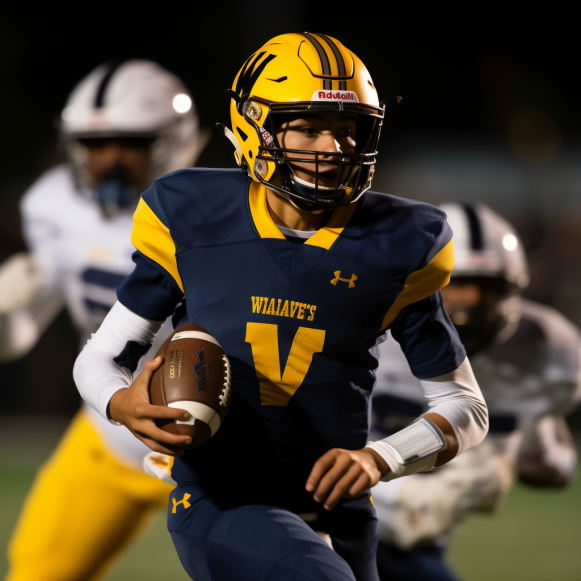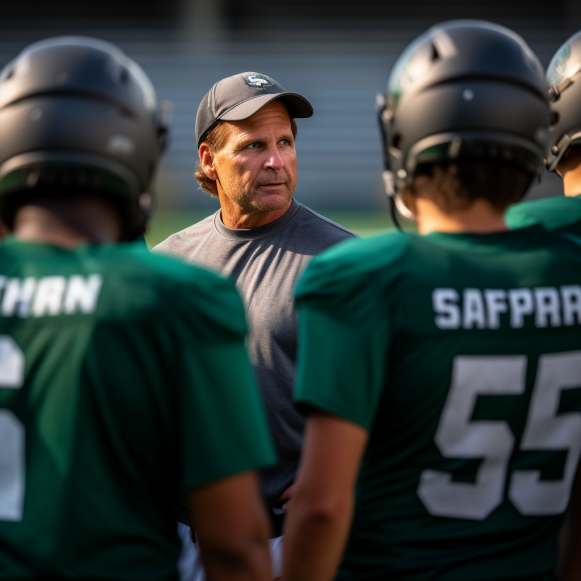Stanford football: New coach, new offense, transfers provide ‘blank slate’ for O-line hopefuls

The Stanford Cardinal return just one starter to an offensive line group that saw five players transfer after last season
SAN FRANCISCO – Replacing five players with a combined 142 career starts who all transferred after last season would be difficult enough for the Stanford offensive line. The Cardinals will also have to learn a completely new offensive system.
The group of inexperienced underclassmen has spent the offseason getting used to playing together as well as adjusting to new coach Troy Taylor’s hurry-up, no-huddle offense, which is a drastic change from Stanford’s previous pro-style offense.
“It’s definitely been challenging with the fast pace,” said Lucas Heyer, the top-ranked recruit in Minnesota when he arrived at Stanford in 2022. “It’s difficult to think that quickly when you’re tired, just to read defenses and get the calls.” You’re huddling up and catching your breath between plays like a pro.
“This is completely unique. We really needed to invest in this offseason as a group to get to a different level of fitness, and I believe we did.”
Heyer and fellow redshirt freshman Jake Maikkula, who was ranked No. 41 in the Class of 2022 by ESPN, are among the new faces who will be counted on in a unit that was gutted by the resignation of longtime coach David Shaw.
Left tackle Walter Rouse (39 career starts at Stanford) was drafted by Oklahoma, center Drake Nugent (34 starts) was drafted by Michigan, left tackle/left guard Barrett Miller (30 starts) was drafted by Cal, left guard Jake Hornibrook (23 starts) was drafted by Duke, and right tackle Myles Hinton (16 starts) was drafted by Michigan. Drake Metcalf, the backup center, also transferred to UCF.
Levi Rogers is the only returning starter, and he’s not even at the same position he was last season – the redshirt junior is now at center after playing right guard.
Stanford added two veteran Ivy League left tackles: Alec Bank, a two-year starter at Harvard, and Trevor Mayberry, a two-year starter at Penn. However, it is primarily a group of underclassmen who were recruited to play in a different system.
Taylor stated that patience and repetition were the keys to the group’s development. It also entails balancing morale building while preparing them for what they will face in the Pac-12.
“Typically, when you don’t have a lot of experience, you don’t have a lot of confidence, so you try and put them in positions to be successful,” Taylor explained. “You want to put them in a pressure cooker in the same way.” Fortunately, we have some really good pass rushers on the team, so they’ve been tested.”
While the tempo and terminology differ, Heyer claims that there are structural similarities between this year’s system and last year’s system.
“Every program in America is running inside zone, outside zone,” said Heyer. “It’s the same stuff, Xs-and-Os-wise, just at a faster pace.”
Heyer, who appeared in one game last season, said the linemen have benefited from the new defensive system they face in practice because Stanford is blitzing more and using more pre-snap movement to confuse the offense than last year’s team did. And, while it was “really weird” at first to see all of the offensive line’s leaders leave after the 2022 season, Heyer knew it would be an opportunity for those who remained.
“It was almost like a reset,” Heyer explained. “There are new coaches and new everything.” Nobody has any biases or prior opinions. “I saw it as a blank canvas.”
Of course, implementing Taylor’s fast-paced offense required a rigorous strength and conditioning program. If the linemen needed more motivation to get through training, the team was picked to finish last in the Pac-12 in the preseason media poll.
“Our strength coach brought that up the next morning,” Meyer explained. “He used some colorful language. But none of that matters to us. We’ve reloaded, we’re a completely different team, and we’re here to compete and dominate.”






